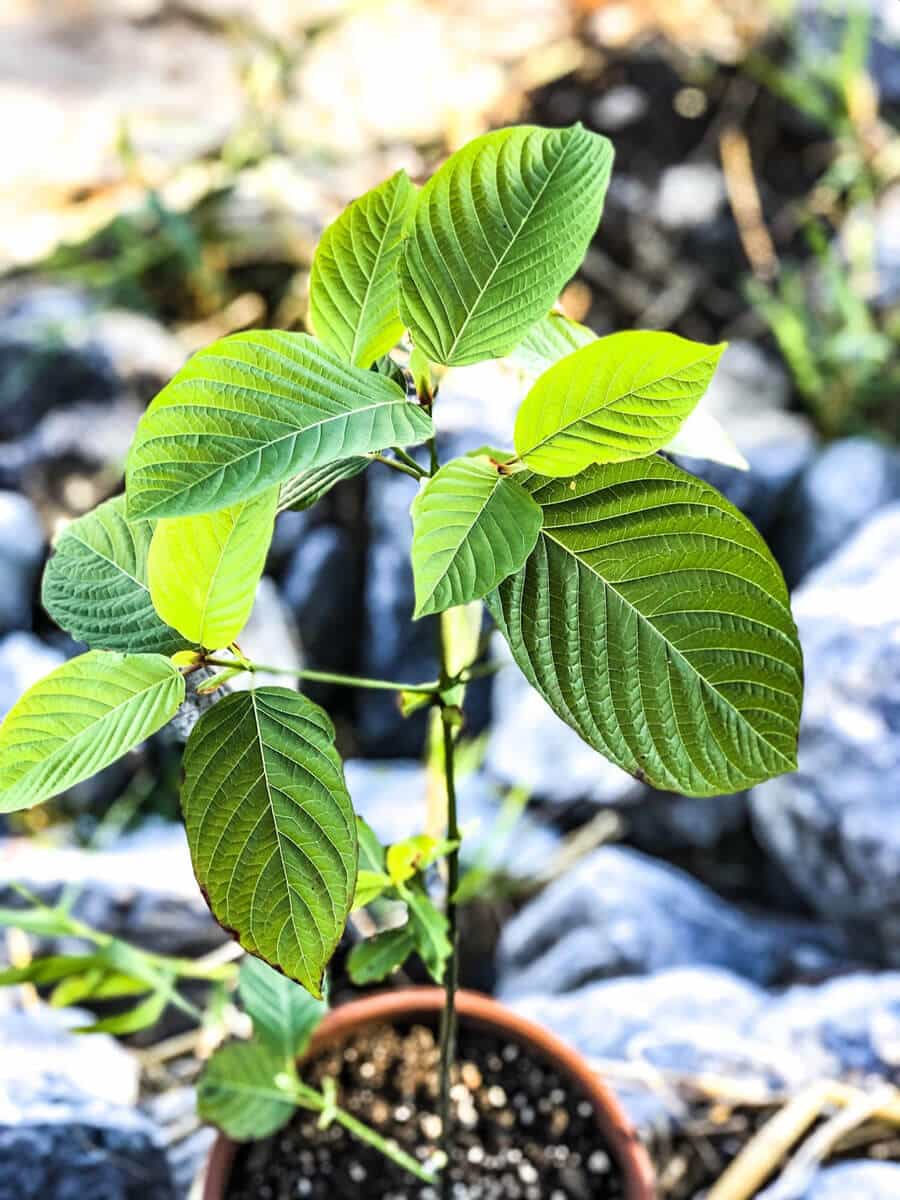The Silent Epidemic: Kratom, Chronic Pain and America’s War on Drugs

The Silent Epidemic: Kratom, Chronic Pain and America’s War on Drugs
CHRONIC PAIN STATISTICS AND HARM TO SOCIETY
Chronic pain affects over 100 million people. With the prevalence of Opioid Use Disorder in the media today, politicians are seeking solutions. But what they aren’t considering are the 100 million people who suffer from Chronic Pain.
According to Science Daily:
A new report by an independent panel convened by the National Institutes of Health has found a need for evidence-based, multidisciplinary approaches to pain treatment that incorporate patients’ perspectives and desired outcomes while also avoiding potential harms.
Sufficient clinical research doesn’t exist to show physicians how best to treat chronic pain in adults, many of whom suffer from multiple health problems,” says the founding director of the Indiana University Center for Aging Research, Christopher Callahan, M.D., in an article published in Science Daily.
While opioids are frequently prescribed for chronic pain, the panel noted the absence of pain assessment and treatment guidelines. The panel also reviewed reports that suggest insufficient data exists on drug characteristics, dosing strategies and tapering options.
“Are opioids the appropriate treatment? And, if so, at what dose and for how long? Could other, less dangerous treatments work for some people? The panel found that, in spite of what many clinicians believe, there is no evidence that pain narcotics — with their risks of dependency, addiction, and death — are an effective long-term pain treatment. More research is needed to guide effective care for chronic, often debilitating, pain,” Dr. Callahan said.
The above situation is a perfect example of why it is so important to make our voices heard among our representatives in Congress regarding the attacks on kratom since Sept. 2016 when the DEA attempted to emergency schedule the plant kratom.
According to the American Academy of Pain Medicine:
“Pain is associated with a wide range of injury and disease and is sometimes the disease itself. Some conditions may have pain and associated symptoms arising from a discrete cause, such as postoperative pain or pain associated with a malignancy, or may be conditioned in which pain constitutes the primary problem, such as neuropathic pains or headaches.
Millions suffer from acute or chronic pain every year and the effects of pain exact a tremendous cost on our country in health care costs, rehabilitation and lost worker productivity, as well as the emotional and financial burden it places on patients and their families. The costs of unrelieved pain can result in longer hospital stays, increased rates of re-hospitalization, increased outpatient visits, and decreased ability to function fully leading to lost income and insurance coverage. As such, patient’s unrelieved chronic pain problems often result in an inability to work and maintain health insurance.
According to a recent Institute of Medicine Report: Relieving Pain in America: A Blueprint for Transforming Prevention, Care, Education, and Research, pain is a significant public health problem that costs society at least $560-$635 billion annually, an amount equal to about $2,000.00 for everyone living in the U.S. This includes the total incremental cost of health care due to pain from ranging between $261 to $300 billion and $297-$336 billion due to lost productivity (based on days of work missed, hours of work lost, and lower wages).
In that spirit, we have created an important document to share without readers that we created using Adobe Express.

